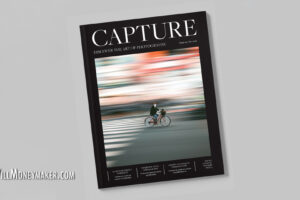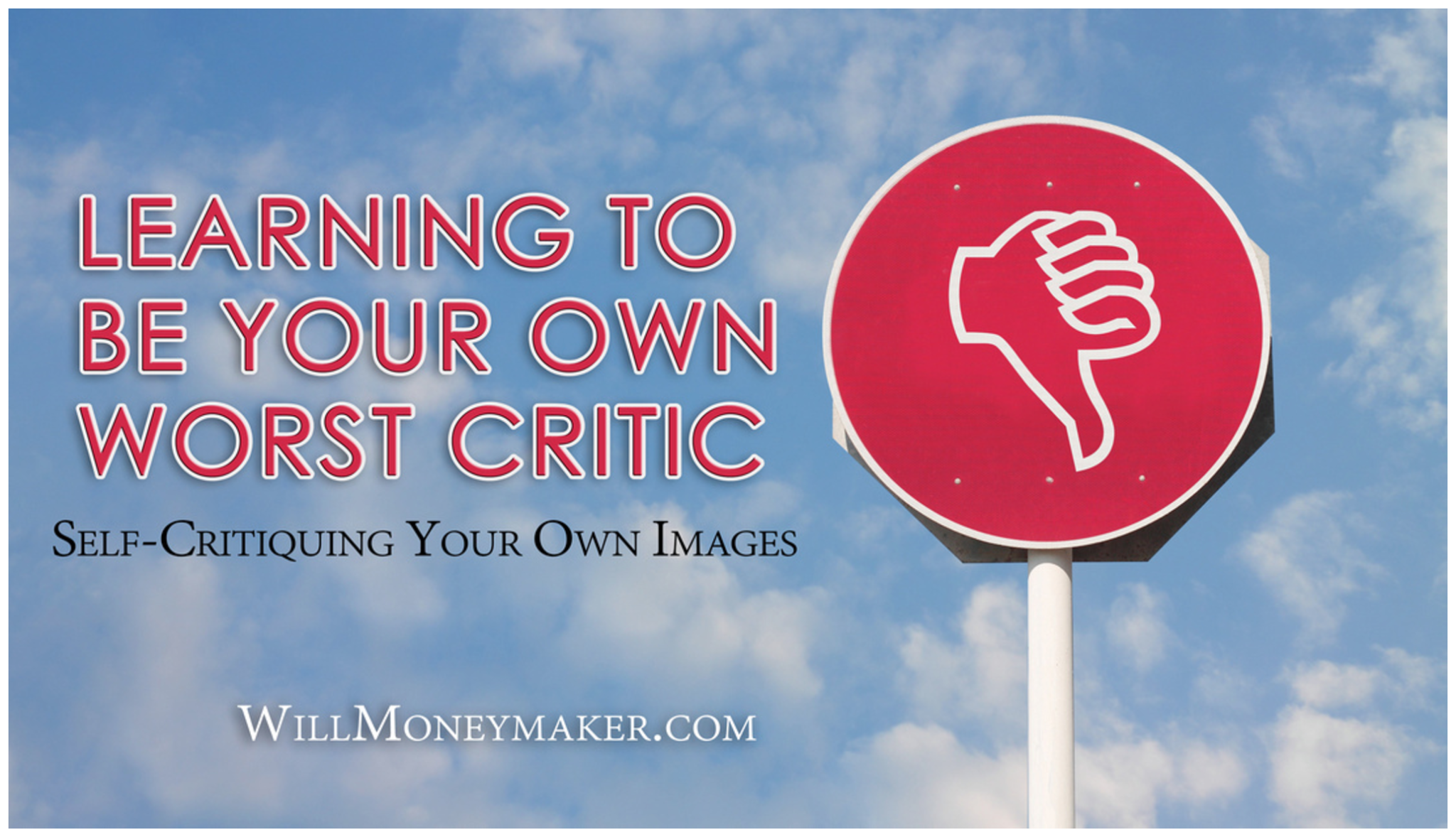Last time, we talked about how to receive constructive criticism, and how to learn and grow from it. But giving constructive criticism is just as much of an art form as receiving it, so this time around, we’ll explore how one goes about giving good critiques.
The first important thing to realize about critiquing, whether it’s photography or another art form, is that it’s usually a two-way street. If you want critiques, you’ll have to give them. If you’re unwilling to give any critiques, people will be unwilling in general to reciprocate. And, many people are looking for critique partnerships—they will critique your images regularly if you will do the same thing for them.
Another important thing to know about critiquing is that giving them is often just as much of a learning experience as receiving them. Sometimes, you’ll learn far more from critically analyzing someone else’s photo than you will from the critiques that you receive. What’s more, if you’re part of a critique group, then you’ll get to see or hear all the critiques that photographers are making, and that in and of itself is a valuable learning experience. It’s often interesting to compare everyone’s critiques as a sort of measuring stick for the details you may have missed when you were critiquing. Often, you’ll find that people with more experience and wisdom are sharing that wisdom with everyone, and you’ll be able to pick up valuable information just by analyzing their critiques on the photos of others.
So with all of that said, let’s get into a few tips to help you give good critiques!
Critiquing with Kindness
Many people think that knowledge is the most important thing to giving a good critique. The more you know about photography, the better equipped you are to give out advice. And there is some truth to this, but knowledge isn’t the most important thing. Kindness is! In fact, this is such a huge factor, and it’s surprising how many people don’t always critique with kindness. But the simple truth is that critiques are always better received when framed in the kindest possible way. And, you don’t want to be discouraging. A critique that is too rough is one that could make a new photographer hang up their camera before they’ve had a chance to polish their skills.
The trick is to frame things in a positive light. So, instead of telling someone flat out that a photograph is unsalvageable, point out ways that they can do better next time. Don’t simply tell someone that a composition is poorly done when you could put it more gently by saying something to the effect of, “If you had lined this up according to the Rule of Thirds, I think it might make for a more dynamic image.” There are always ways to give these pieces of information out without hurting feelings, and you’ll need to learn how to do so in order to critique effectively.
Think About the Artist’s Experience
For new photographers, critiques can be incredibly discouraging simply because they are overwhelming. It’s very easy to throw too much at a budding new artist all at once. If you can, it really helps to get to know the photographer’s experience level before you critique. Perhaps you can immediately point out dozens of issues that could be fixed, but if the photographer is still relatively new, then it’s wiser to hold back and point out a few of the larger issues instead. Newer photographers will learn and grow from this advice, and when they come back for more critiques—with improved images, no less—then you can point something new out. But remember that for someone who is new and nervous, receiving an entire litany of things to fix can be enough to make them want to stop photographing entirely.
Be Honest
This is almost but not quite the opposite of critiquing with kindness. Some people take kindness a little too far and hesitate to point out problems. But the issue with that is, no one learns anything by throwing heaps of praise around. The purpose of critiques is to point out these flaws, so don’t hesitate to share them when you do find them (but, of course, remember the earlier point and don’t throw too much at a photographer who may not be ready to hear it all). Compliments are always nice, but they’re just not as helpful as constructive criticism.
And related to this, be honest about your tastes in photography, too. That way, your critique partner has a better frame of reference by which to judge your critique. If, for instance, you’re not a fan of portraiture, but you find yourself critiquing a portrait, then let the photographer know that this isn’t your forte. It’s not that you can’t help point things out, even when an image isn’t your style, but it does help your critique partner to know that your advice on this particular piece may not be quite as helpful as advice from someone who truly enjoys the subject material or style.
Point Out the Good with the Bad
This is another thing that is particularly helpful for new photographers, though it’s also helpful for photographers at all stages. But when we’re new to artmaking, pointing out the good along with the bad is invaluable. That’s because we’re still learning and adjusting the ways in which we approach photography. If critique partners aren’t pointing out the good stuff, then new photographers often find themselves inadvertently slipping into mistakes that they weren’t making originally simply because they didn’t know that the original way of doing things was the correct way. When critique partners make an effort to point out what they like with the image, then the photographer knows what not to change, which is just as important as learning what needs to change.
There’s a lot to know about giving critiques, and you can always benefit by a greater knowledge of photography in general, but even if you’re just getting started and aren’t quite familiar with the artmaking process yet, you can still give valuable feedback just by following these tips. Give it a try, and you’ll find that the process of giving and receiving critiques will push your photography to a whole new level.





